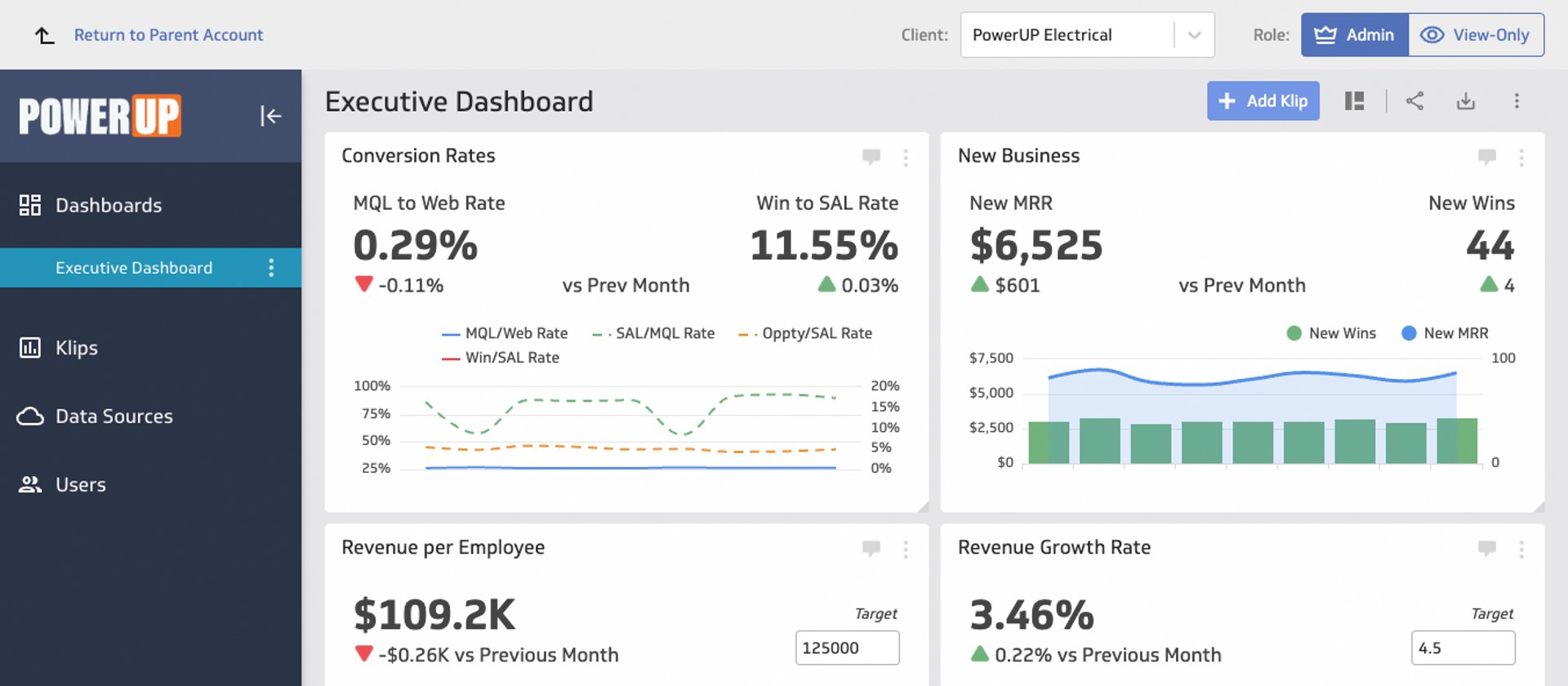Data-Driven Agency Series, Chapter 4: The essentials of an agency pitch

Published 2025-12-09
Summary - A curated list of both intangible (soft skills) and tangible tips for mastering the ultimate pitch, and, ultimately acquiring more clients.
The pitch is one of the most important parts of agency work.
Convincing people to trust you with their business isn’t a one-size-fits-all endeavour.
You might have a repeatable process that seems effective, yet results could be stronger. On the other side, some teams spend hours crafting a full, executable marketing plan to win on the spot. That approach often burns time. Winning clients usually comes from building relationships, not dazzling prospects.
It’s about finding a happy medium.
This guide curates both intangible (soft skills) and tangible tips to help you master the pitch and acquire more clients. Start with how you show up, then structure the deck.
The intangible skills you ought to know
1. Become an expert on your potential customer and their industry
Successful agencies go beyond brand knowledge. They understand the client’s industry, challenges, and norms. Study how other players market themselves. Identify what works and where gaps exist.
Ask a hard question early: is this prospect worth pitching? Qualify value before investing scarce time.
A strong prospect fits your services and excites the team. Work you enjoy leads to standout campaigns that strengthen your portfolio and attract more clients.
2. Make the pitch a two-way dialogue
The objective is to establish a relationship.
The most successful agencies focus on meaningful connections with prospective clients. Building these connections takes time, patience, and active listening to the client’s needs. Once you’ve evaluated those needs, speak to the value you can deliver. Not the other way around.
Get to know the prospect by asking questions:
- What is your greatest marketing need? (SEO, PPC, ads, content, email, conversions, and so on)
- Where has your team seen success in past digital efforts?
- Have you worked with an agency before? What was the experience like?
- What are your monthly lead and sales goals?
- What are your most important metrics and Key Performance Indicators (KPIs)? Are there others you want to track but can’t yet?
- Who are your top competitors and what’s the one thing you can do better?
- Who is your main target market? Do you have a defined persona?
- What is your budget?
3. Resonate and build credibility
Clear communication matters. Get to the point and keep ideas simple. The goal is to captivate, not confuse. Sell your agency’s aptitude first, then share the detailed work plan. If prospects are confused, interest fades.
Follow through on promises. Commit only to outcomes you can deliver. Set realistic expectations to avoid false hope. Modest claims you consistently beat build trust.
Prepare thoroughly. Nerves are normal, yet rushing or stumbling reduces credibility. Practice out loud until the flow feels natural.
Be confident in your work. Bring examples of past results and concise leave-behinds that showcase expertise. Confidence balanced with humility reads as professional.
4. Embrace the process
Progress takes time.
High-quality relationships grow over multiple interactions. Thoughtful nurturing sets up the pitch for success because the prospect already understands your approach and trusts your intent.
Keep nurturing after the win. Maintain continuous communication, mutual respect, and honesty.
The special touches you need to make your pitch deck shine
Assembling the pitch deck isn’t always fun.
It doesn’t need to be a chore.
Effective decks are concise and creative, simple and engaging.
Your pitch is one of the most important documents you’ll create. It plants the seed for every future interaction with the client.
Keep these presentation basics in mind:
- Text must be legible
- Use visuals
- Simplicity is key
- Focus on the audience, not yourself
- Bring handouts
- Make it a conversation
Next step: the content.
Understand how familiar the audience is with their market. Offer the right level of detail, context, and opportunity.
Think about delivery. Will the deck be emailed, presented on a large screen, or reviewed by a group? Write copy and design slides for readability in each scenario.
Use a framework you can reuse across proposals. A template saves time and prevents gaps. Personalize the key points for the prospect’s needs.
Try this pitch deck template. Break these headings across multiple slides as needed:
- Welcome
- Who you are (history, team)
- Your unique value proposition
- Articulate the problem
- Present your solution (keep it simple)
- Your strategy and process
- Financials and projections: How will activities impact the client’s business?
Add proof in the room:
Show a live dashboard built with Klipfolio Klips that tracks a handful of KPIs the client cares about. Real data, clear story, no fluff. Klipfolio Klips is dashboard and reporting software, so the prospect sees how results will be monitored from day one.
Note: Always follow up after the pitch. Reinforce your understanding of the client’s business and the value you will add.
Related Articles

Klipfolio Partner How-To #1: Duplicating dashboards across client accounts
By Stef Reid — November 27th, 2025
Client management in 5 steps
By Jonathan Taylor — November 26th, 2025
Klipfolio Partner How-To #2: Company Properties can simplify client set-up
By Stef Reid — November 26th, 2025

